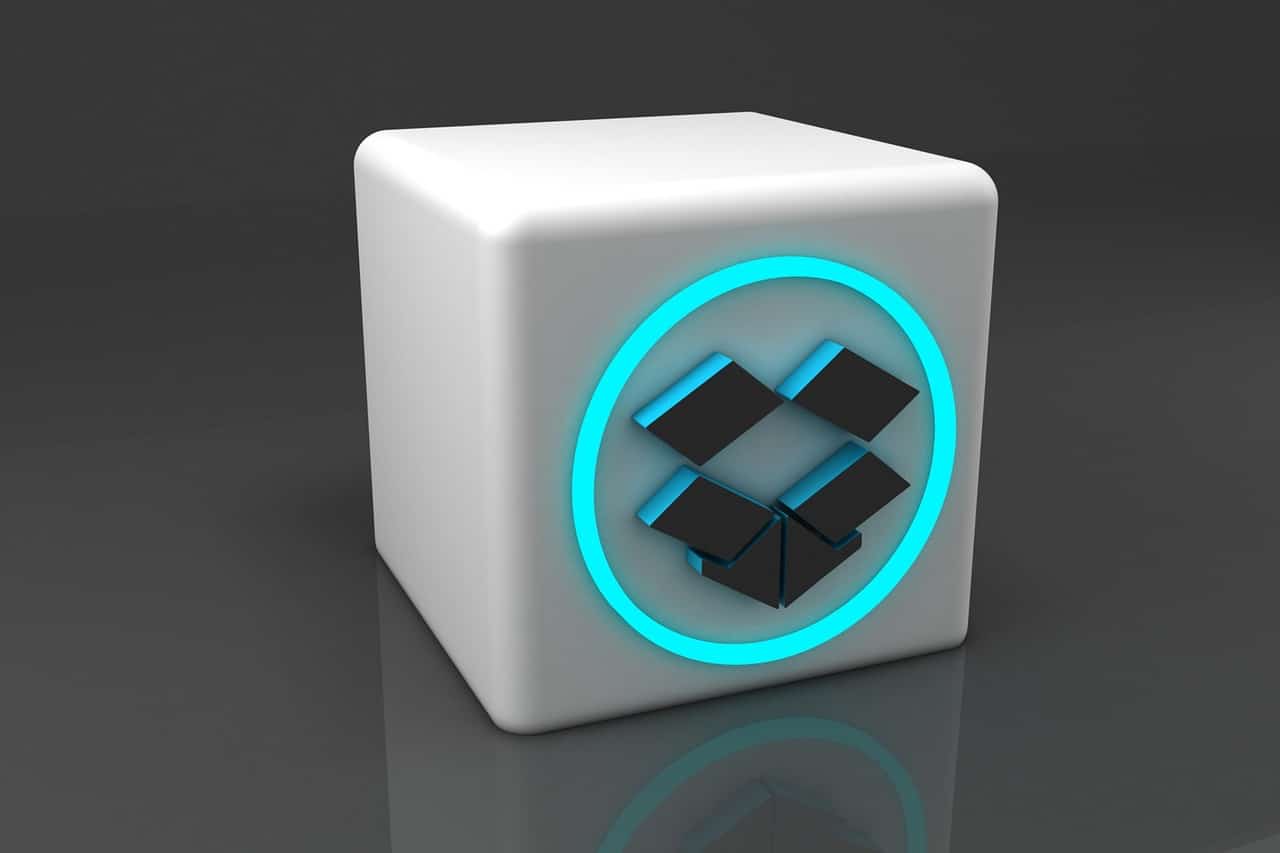
While there are several options for saving to the cloud, Dropbox is a platform that you should take advantage of. With it you can save, share and access your files from any device with an Internet connection, especially if your hard drive space is running out.
You can use the online version or install the Dropbox app on your computer or mobile. However, as with all these platforms, many users end up abandoning them because they don't know how to use them and save their files in the traditional way.
So if you work or study and accumulate large amounts of information, find out how to get the most out of Dropbox. If you cannot have certain functionalities, they may be available in the paid version of this platform.
Use the "Selective Sync" feature
If you store many files on your computer and you also have little space on your hard drive, use the option called Selective synchronization. This will cause Dropbox to remove that specific folder from your computer, but keep it on the web version of Dropbox.
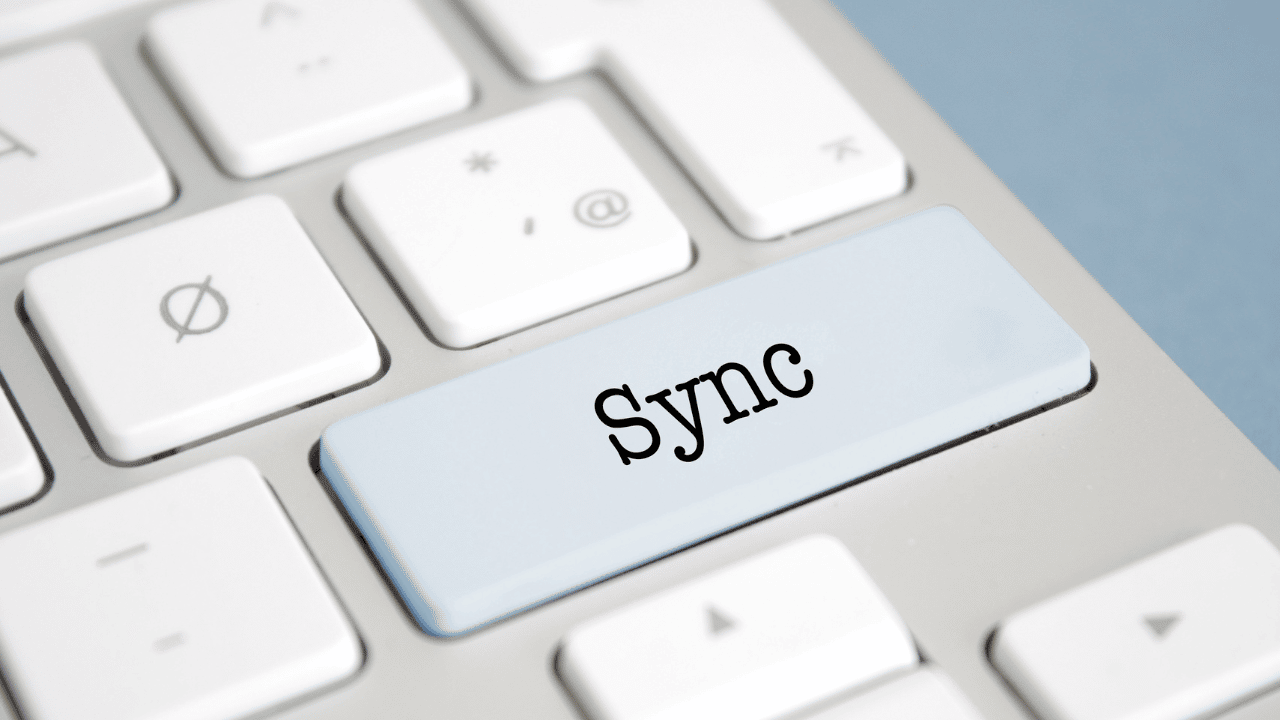
In case you have Dropbox installed on several computers, you can enjoy different configurations of Selective synchronization on every device, according to your needs and the space of your hard drive.
To use this feature, right-click the Dropbox icon in your system folder. Then go to Preferences and tab Synchronization, you will find the option Selective synchronization.
If you press the button, your Dropbox folders will appear. Then, uncheck the folders you want to remove from your computer and click on Update. Next, you will see how the computer folder disappears.
Remember that you can only delete folders, not individual files. Therefore, the files you want to delete must go inside the folder, and the folder must be deleted.
Use the right-click menu
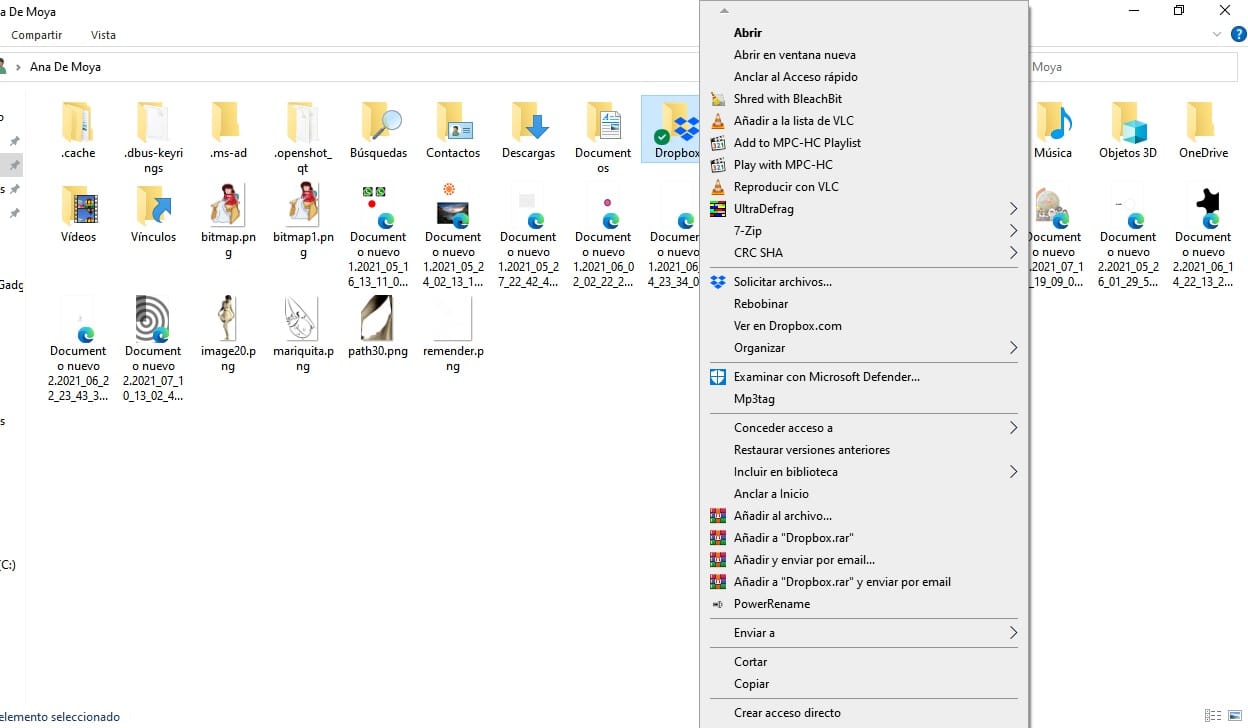
When you find the Dropbox folder on your computer and press the right mouse button on a file, several options will appear: Share, Copy Dropbox Link, View on Dropbox.com, Version History y See comments.
When you press Share, you can define a link to share and enter the email address Who do you want to send the link to?
You can also select the option to copy the link to the clipboard. This way, you can send the link via text, chat, or however you like.
Send file requests to non-Dropbox users
Although Dropbox is a benchmark for cloud storage, not everyone uses it. So if you want a non-Dropbox user to upload something to your account, use any of the services described below.
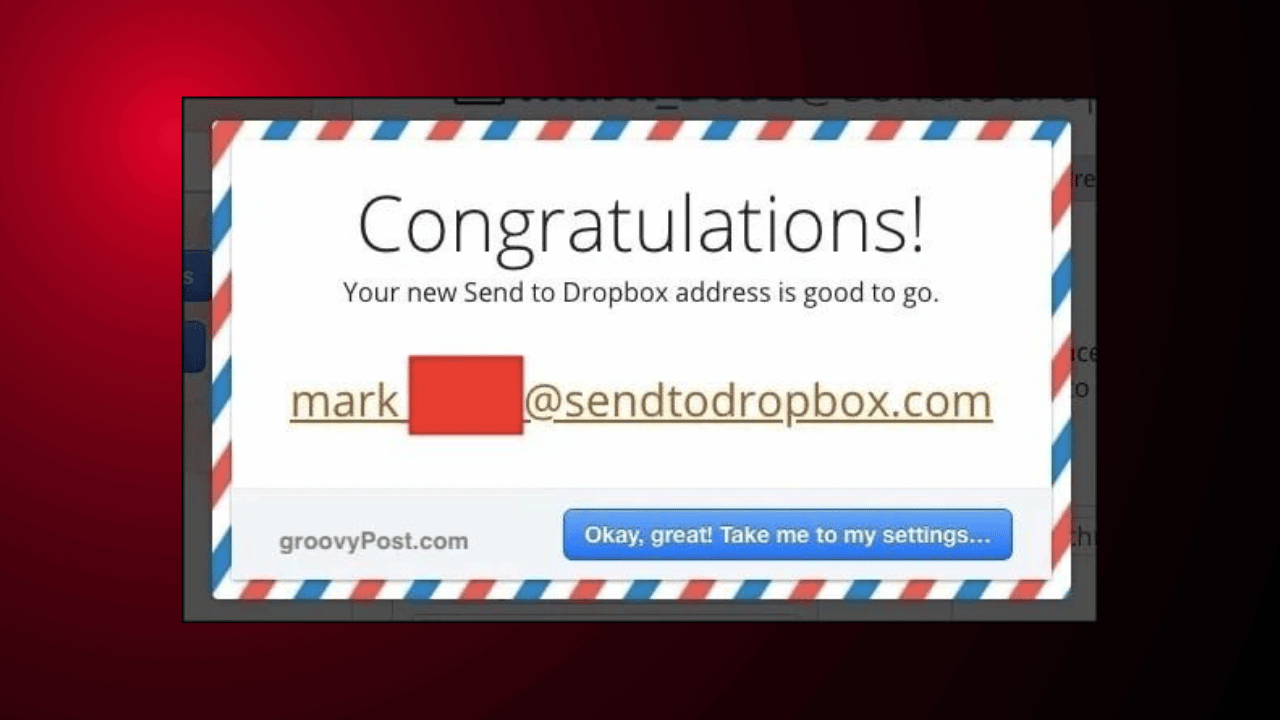
The first is Send To Dropbox, which creates a unique email address. You can then give the email address to the other user so they can email you the files and then they appear in your account.
The other option es JotForm, which has a feature where you can set up and embed a file upload box on your website. However, with this tool, anyone can upload anything to your Dropbox, even virus-infected files.
At least with Send To Dropbox, you can be cautious about who you give the email address to. However, with JotForm you need to use it with someone you trust.
Connect Dropbox to official sites to download books
Websites like Project Gutenberg allow you to link your cloud storage account. In this way, when you want to download a book, it will be sent directly to your Dropbox account, Google Drive or OneDrive.

Choose the book you want and you will see the cloud storage icons on the right. Choose the service you prefer and you will be asked to authorize the site to access your Dropbox account.
Add the “Dropbox for Gmail” plugin
Since the size of files attached to an email is still restricted to around 25 MB, you can get around this hurdle by putting the file in the cloud and then linking to it within the email.
In this way, the recipient only has to click on the cloud storage link to download the file. To get the free plugin Dropbox for Gmail, Press the button "+" from the right sidebar of Gmail.
When the box appears Google App Suite, search for Dropbox. After a couple of clicks, it will be added. Then refresh your Gmail page to see it up and running. When composing an email to someone, you'll see a small Dropbox icon among the options.
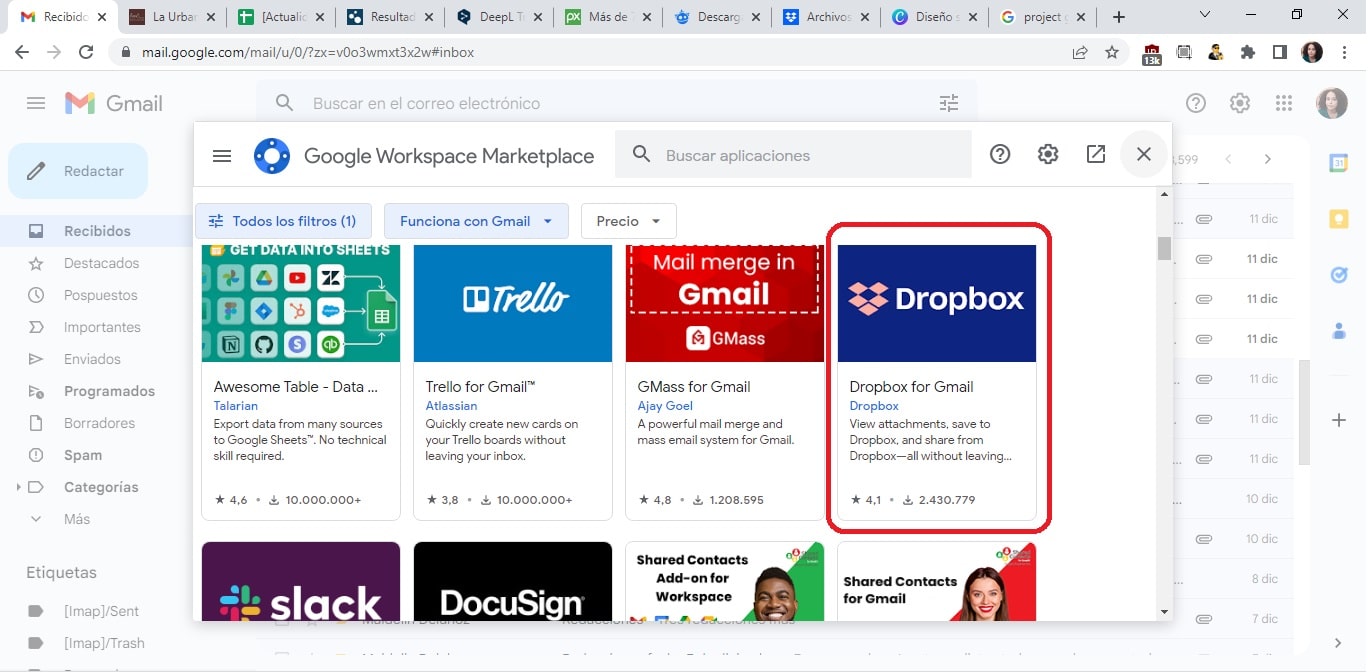
The moment you click on it, you will access your files. You just have to choose which one you want to send and you will immediately be able to enjoy this function.
Enable Dropbox screenshot sharing
At some point, you may need to use Dropbox's screenshot sharing feature. However, this tool does not take screenshots.
What Dropbox does is put your captures in a folder and create automatic links to share, so that others can download them from this platform. In the Dropbox settings, you'll find the option to share screenshots.
When you take a screenshot, the screenshot will go to a folder called screenshots in your Dropbox. Afterwards, a shareable link will be automatically generated and copied to your clipboard.
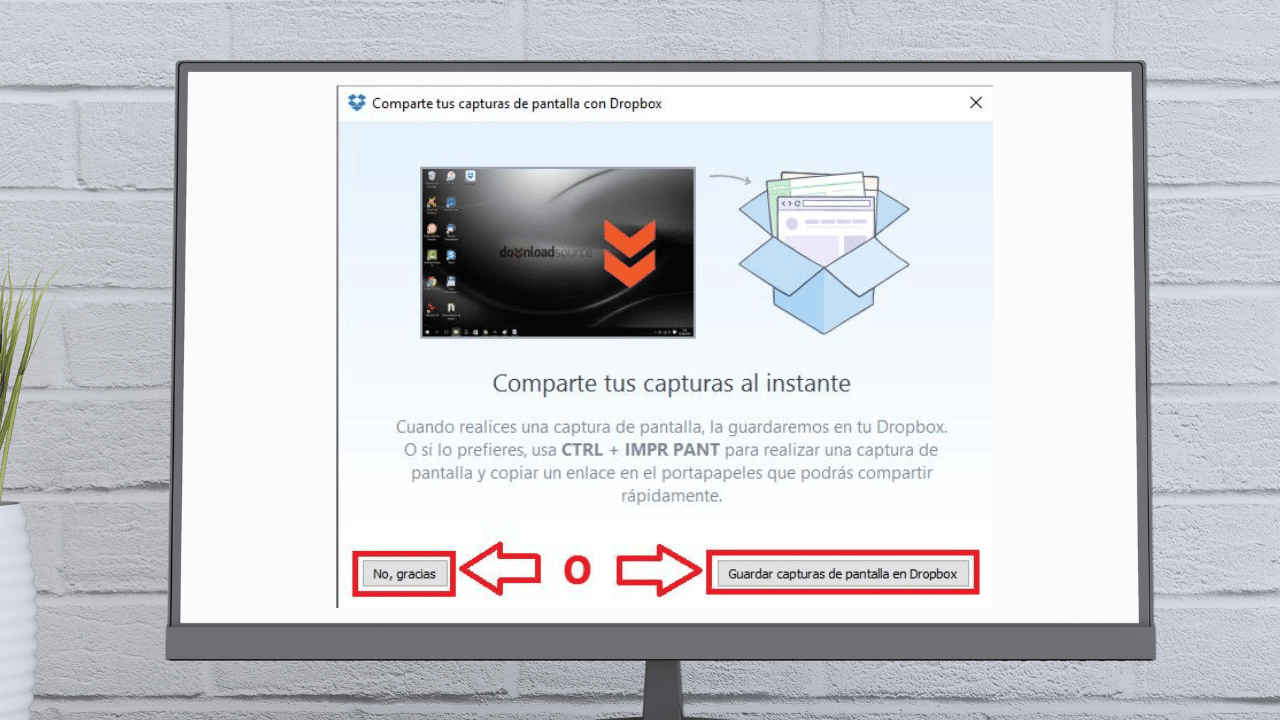
Move the default Dropbox folder location on your computer
Returning to the subject of Selective Synchronization, in that same Synchronization tab you will be able to see the default location of the Dropbox folder on your computer. Windows and macOS often put the Dropbox folder in inconvenient places.
Press the button MOVER under the Dropbox folder location. Then choose the new location and the folder will be moved along with all its contents.
Change the default “Save” location in Dropbox
In your computer or browser settings, you are asked to specify a default location to save the files. The good thing is that you can specify a new location of your Dropbox folder, so that everything you download is synchronized on all computers.
The only drawback to this, however, is that you should make sure you have enough space in Dropbox, as long as you are in the habit of downloading large files.
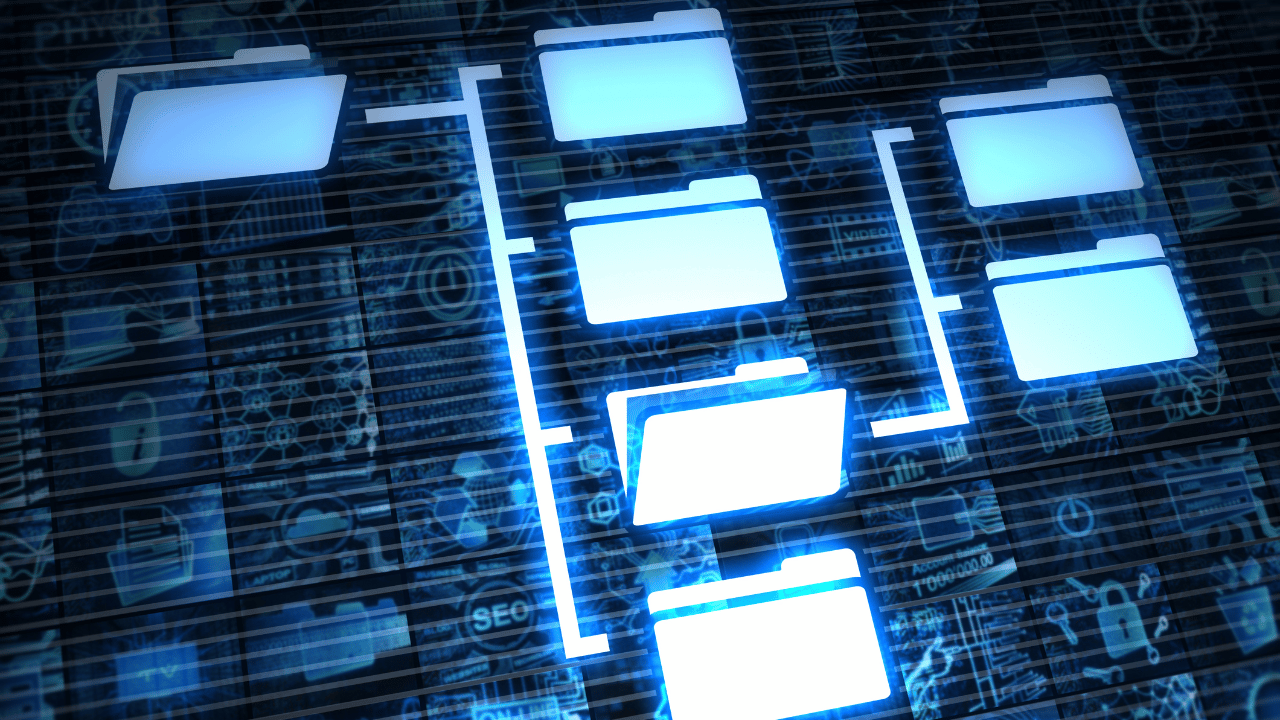
Protect Dropbox files with BoxCryptor
One of the downsides to cloud storage is that (so far) it doesn't offer encryption. The only exception is Sync, but Dropbox doesn't offer any kind of file encryption.
Until they do, a good alternative is BoxCryptor. With a limited free version and two paid versions, BoxCryptor creates a virtual drive on your computer, which becomes your new Dropbox folder.
When you drag a file into the folder, you can specify whether the file should be encrypted before you send it to the Dropbox server.
Store audio recordings in your Dropbox folder
In case you want to translate your thoughts into audio from your mobile, this option is for you. If you have an Android mobile, Smart Recorder is an app with which you can automatically upload the recordings to your Dropbox folder when you finish recording.
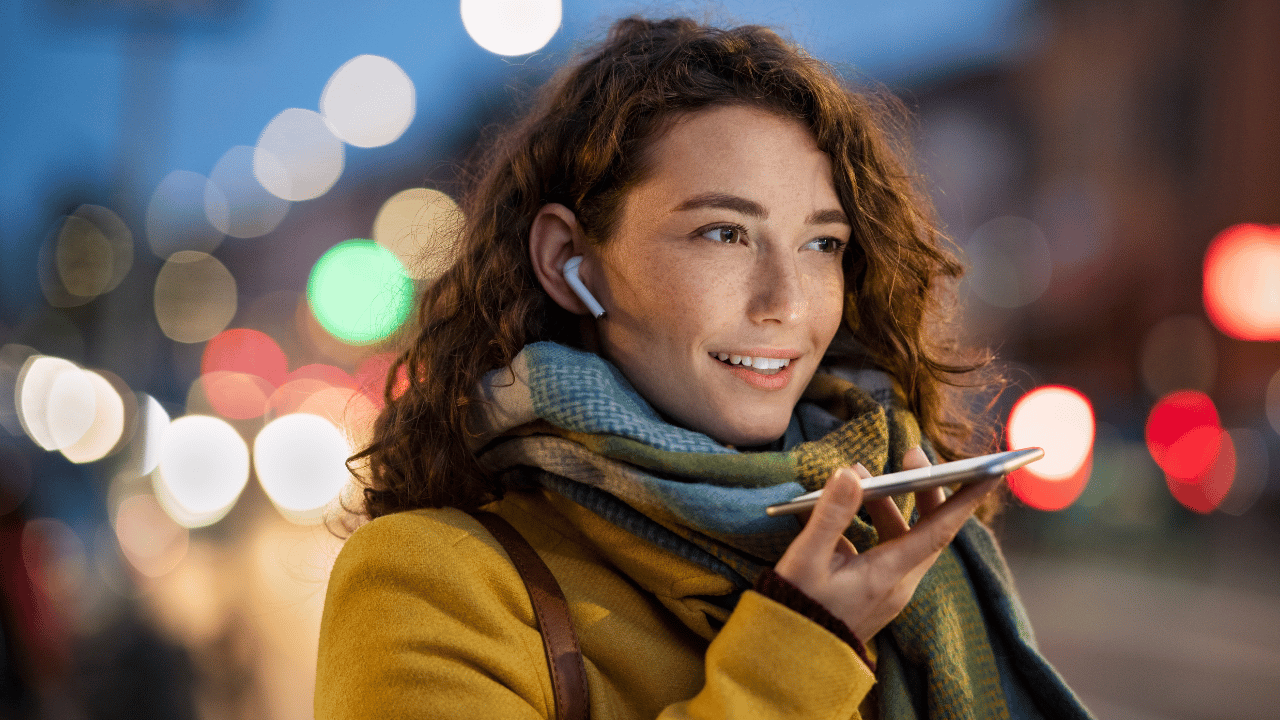
It's important to make sure you have enough space in Dropbox for all those MP3 files that will start piling up.
Why should you use Dropbox from now on?
It's never too late to use Dropbox, Since it is one of the most prominent cloud storage services, by offering the options to save and share, both files and folders.
Getting the most out of Dropbox can be beneficial because it can help you save hard drive space and access your files from anywhere with an Internet connection. You can also share and even collaborate with other users easily and conveniently.
It's important that you consider how to use Dropbox so that it can best meet your needs and get the most out of using this platform.